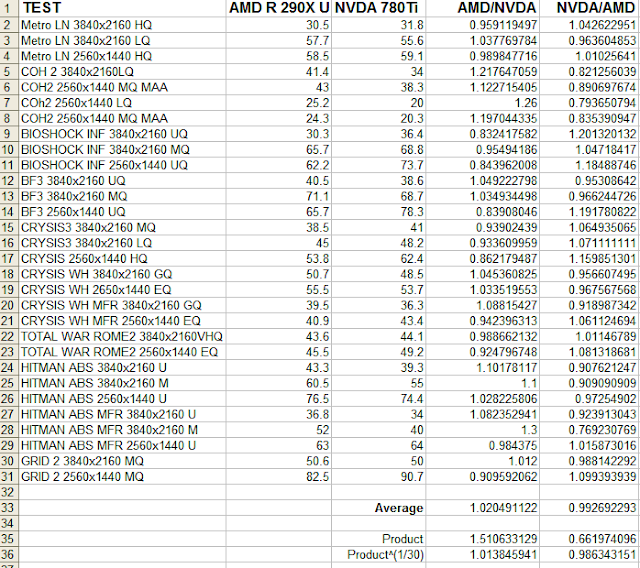The issue -IMO- is that the silicon is usually designed to work at suboptimal performance levels, after all a power virus is just a code that maximizes silicon operation .
...
The practice of assigning arbitrary so called "TDP" numbers should stop, silicon should be cooled and programmed to it's maximum theoretical performance.
I would say it's more a consequence of the complexity of modern systems. There are so many interacting parts that can affect whether other components can be utilized.
GPUs find it easier because they heavily leverage a cut and paste design methodology that puts many semi-contained pipelines on the same chip, and the architecture is heavily geared to sustained bulk performance with a workload that can happily oblige.
CPUs have a different emphasis at all levels, and their designs frequently stop short of overbuilding because their design parameters weight the costs of overbuilding certain hardware stages and providing the infrastructure to sustain it under load differently. More stringent requirements on the latency of execution and quality of service often directly compromised sustained performance.
Desktop workloads also frequently do not give them enough work to do, because the GPU has snapped them up.
It's a menu screen that initially had no FPS limit. It's probably a load simple enough that no individual GPU unit, memory, or the PCIe bus has a significant bottleneck problem, while also being so trivial that the GPU unexpectedly loses the protection of being CPU-limited.No vsync ftl I guessIt is quite expensive and I'm not even really sure why. I guess it just happens to hit a point where most parts of the GPU are near full throughput without any one significant bottleneck.
The behaviors described don't provide a lot of information as to the root cause, and may have a complex set of physical and system factors that play into it occurring. This might explain why it took an expansion of the device pool and configuration space for it to pop up.How about ATi address the Blackscreen issue people are having with the 290(X)?
It's a SERIOUS issue, and it's not going away.
Pretty pathetic that folks in the know haven't spoken up yet.
There may be a number of different issues that look similar. There are a few claims that I personally find interesting to think about, but a few forum posts somewhere isn't a lot to say which anecdote falls in which bucket.
If it's as low-level as some think it could be, verifying it could take some time (edit: and might involve some corporate politics).
One random thing I've observed that almost nobody on the Internet can spell Elpida.


